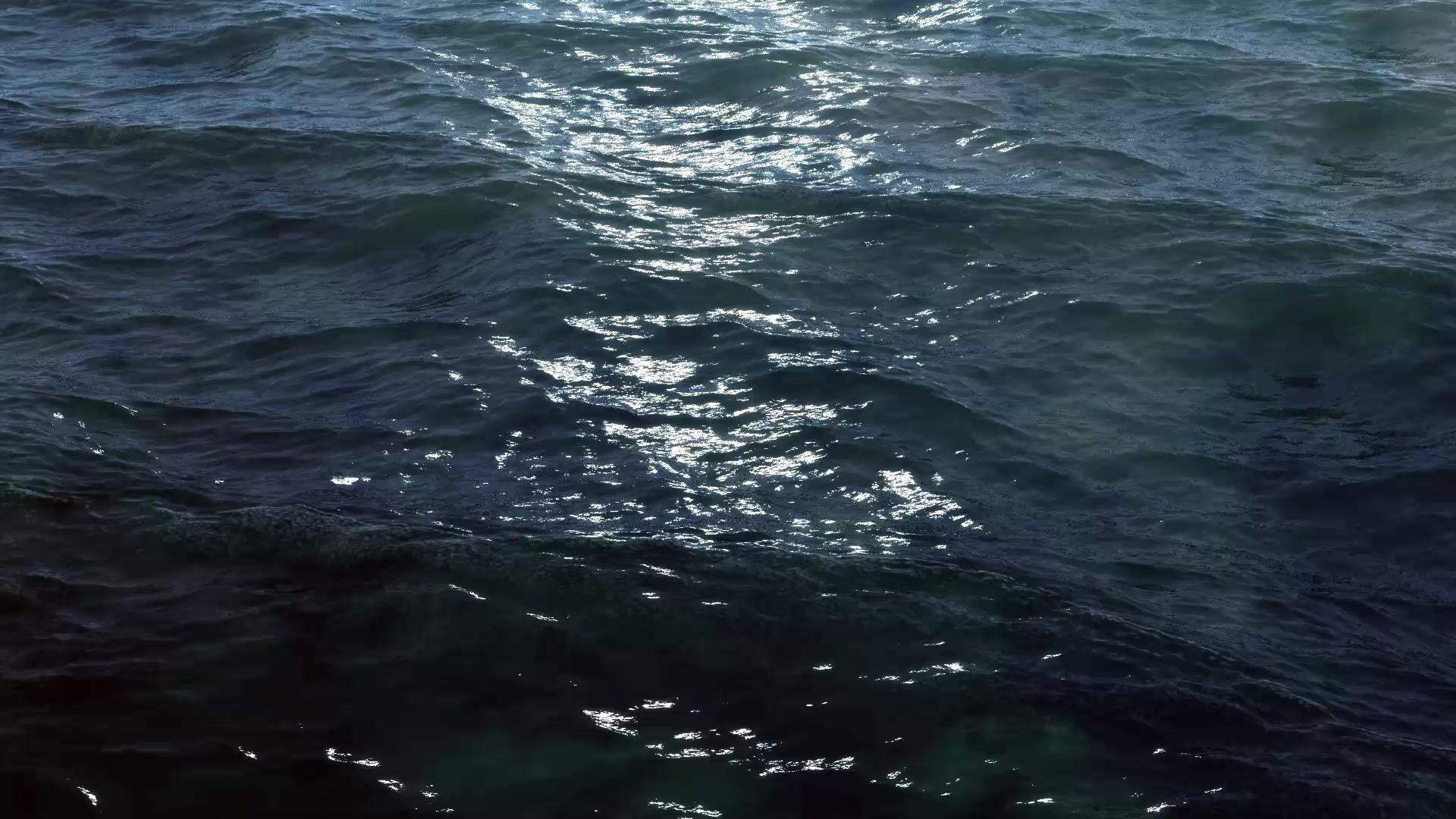
Academic Positions
2020, March-Present
H2020 ASINA Postdoctoral Fellow, Department of Physics, University of Limerick, Limerick, Ireland
2018, November-2020, February
IRC Postdoctoral Fellow, Department of Physics, University of Limerick, Limerick, Ireland
2016, November-2018, October
JSPS Postdoctoral Fellow, Department of Physics, Kyushu University, Fukuoka, Japan
2016, July-September
Visiting Scientist, Department of Materials Science and Engineering, Lehigh University, USA
2015, April-August
Education
2011 - 2016
PhD, Department of Physics, Indian Institute of Science Education and Research Bhopal, India
Thesis Title: Tailoring between network rigidity and lightinduced effects in a-GexAs35-xSe65 thin films
2009 - 2011
Masters of Science, Department of Physics, University of Calcutta, Kolkata, India
2006 - 2009
Bachelor of Science, Department of Physics, Presidency College, Kolkata, India
Research Interests
Probing spin-orbit interaction of light in plasmon with dark-field polarimetry
Propagating light carries spin angular momentum, with the two spin states of photon associated with right-hand and left-hand circular polarizations, as well as orbital angular momentum, associated with the transverse spatial coordinates. The total angular momentum is conserved and can be exchanged between spin and orbital angular momenta (i.e., spin-orbit interaction) and vice versa. We showed that a circularly polarized visible light focused with low numerical aperture (NA) dark-field objective on plasmonic nanoparticles dominantly scatters light with opposite handedness. The switch is an example of spin to orbital angular momentum exchange, here mediated by the plasmonic particles when the excitation light is tuned to quadrupole scattering. Notably, the switch in handedness or spin only takes place at high power densities with the onset of optical nonlinearity in terms of reverse saturated scattering. We also showed that when a self-assembled monolayers of molecules is adsorbed on the surface of plasmonic metamaterial, even at low power densities handedness or spin inversion takes place is justified from the non-uniform damping seen between quadrupole and dipole plasmon modes. We demonstrate metamaterials applications (e.g., optical sensors, switch, and limiter) relying on polarization and in particular on spin angular momentum inversion.
Transient absorption tomography for non-destructive imaging of nanostructure
Recently, far-field super-resolution optical microscopy has attracted considerable interest across research and development fields as it opens up unprecedented avenues to explore otherwise unseen nanoscopic details with the convenience of a confocal microscope. Although it is commonly agreed for a while that “Seeing is believing” there exists no optical high throughput non-destructive method to image nanodevices, fabricated nanostructures, or nanomaterials, and one is often left to rely on lower throughput and less practical electron microscopy. A key milestone in optical super-resolution is the advent of stimulated emission depletion (STED) which achieves true nano-resolution when imaging fluorescent stained specimen. Yet, labeling specimens is not desirable for nanomaterials or devices as surface modification would affect their properties and therefore be a destructive approach. Therefore, we aim to develop the scheme beyond its original demonstration, by achieving sub-100 nm resolution and by developing an original data acquisition and processing methodology to image realistic nanodevices, which has not been considered so far in the literature and which is necessary for all such label-free superresolution methods.
Terahertz Spintronics
Ultrafast control of magnets using femtosecond light pulses attracts interest for applications and fundamental physics of magnetism. In particular, antiferromagnets are promising materials with spin precession frequencies extending into the terahertz range. Spin manipulation is achieved mainly by using an external magnetic field, and light plays the minor role of assisting the spin manipulation at lower magnetic fields by reducing the coercivity of the magnetic media by heating it. The combination of temporally shaped light pulses and antiferromagnetic materials will enable us to demonstrate fast and arbitrary spin manipulation.
Network rigidity and nonlinear lightinduced effects in Chalcogenides
Chalcogenide glasses (ChGs) are highly photosensitive and exhibit numerous nonlinear lightinduced effects upon bandgap or sub-bandgap light. Such effects are originated from the photo generation of defect pairs, known as Valence Alternation Pairs (VAPs) in localized band tail states. The Constraint Counting Theory predicted that lightinduced effects are controlled by the rigidity of the amorphous network which is described by mean coordination number (MCN ⟨r⟩). Philips et al. predicted that there exists a percolation transition at ⟨r⟩= 2.40 from an under-constrained “floppy” network to an over-constrained “rigid” phase. Till date, the direct relationship between the lightinduced effects and network rigidity of amorphous network are not yet established experimentally. We aim to understand the kinetics of lightinduced effects in a time domain that extends from femtoseconds to seconds and to tailor such effects as a function of rigidity of the amorphous network. We used pump-probe transient absorption spectroscopy and open/close aperture Z-scan technique as expreimental tool to unveil such properties.









